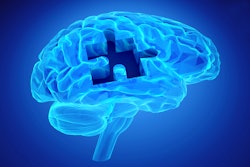More in Home
AI may help visualize cardiac sarcoidosis
September 9, 2024
Podcast: Academic radiologists outline the importance of DEI efforts
September 9, 2024
Vaping no better than smoking, especially in younger people
September 9, 2024
PAE mitigates enlarged prostate symptoms after 2 years
September 5, 2024
Near-miss MRI incident in California prompts oversight questions
September 6, 2024
How effective are MRI definitions of knee osteoarthritis?
September 5, 2024
Do you have to perform intussusception reduction immediately?
September 4, 2024
Penn. radiologist charged with child sexual exploitation
September 4, 2024
Chest CT can opportunistically predict hip fracture risk
September 4, 2024
























